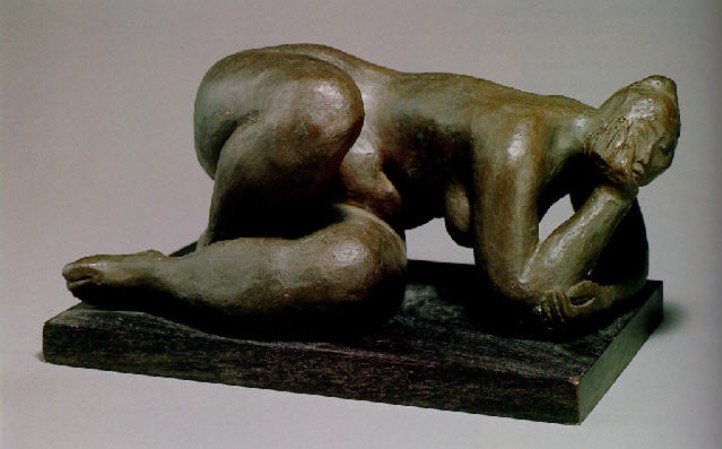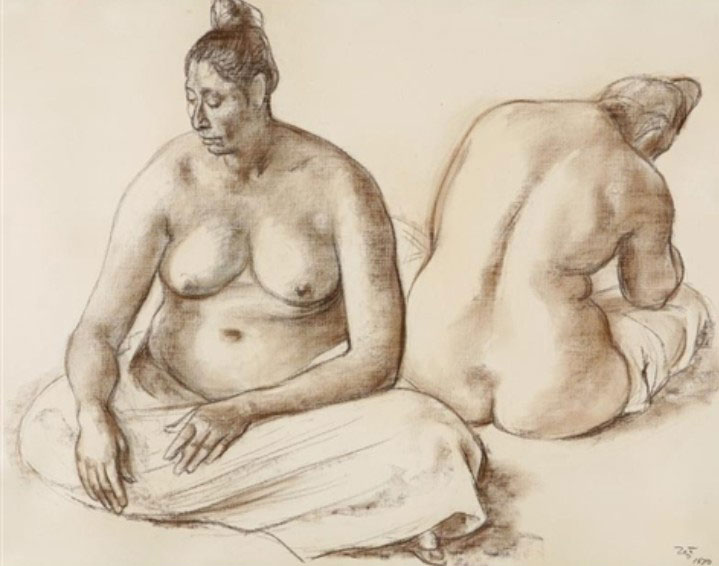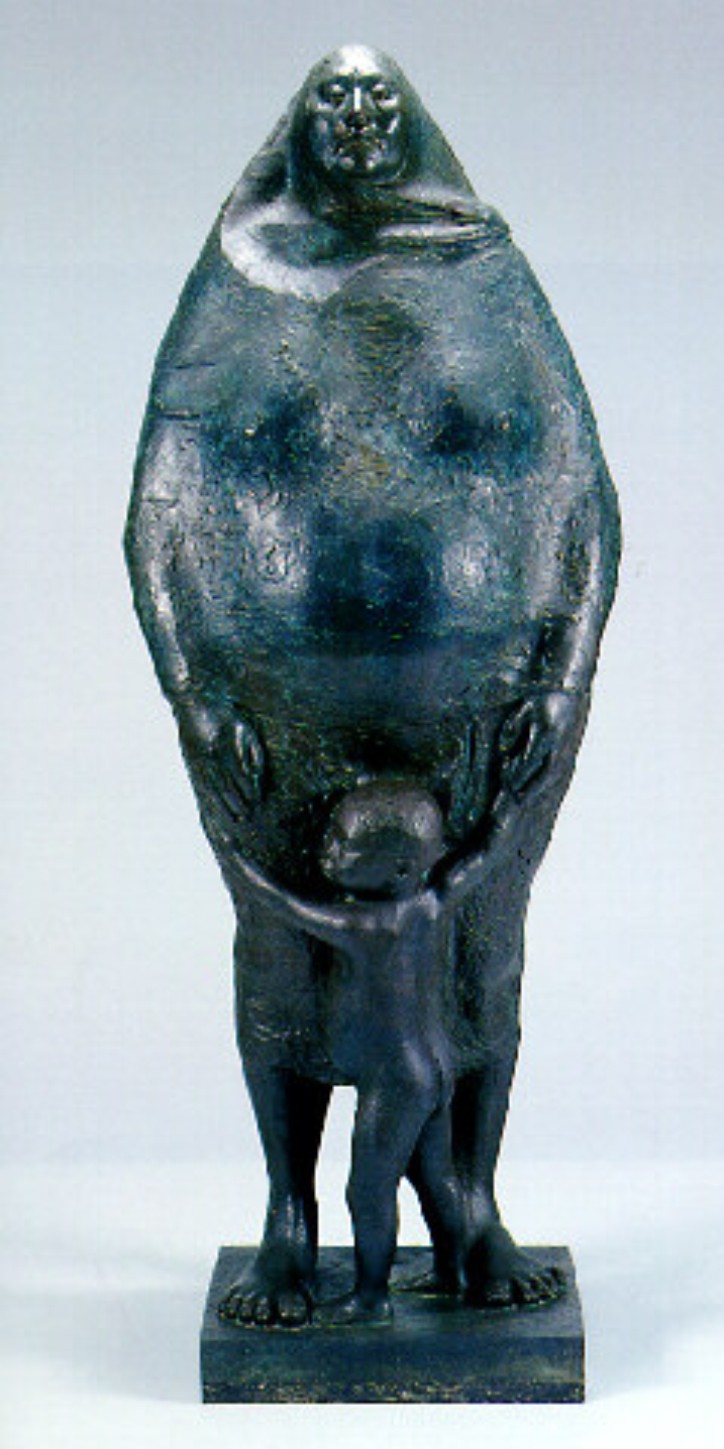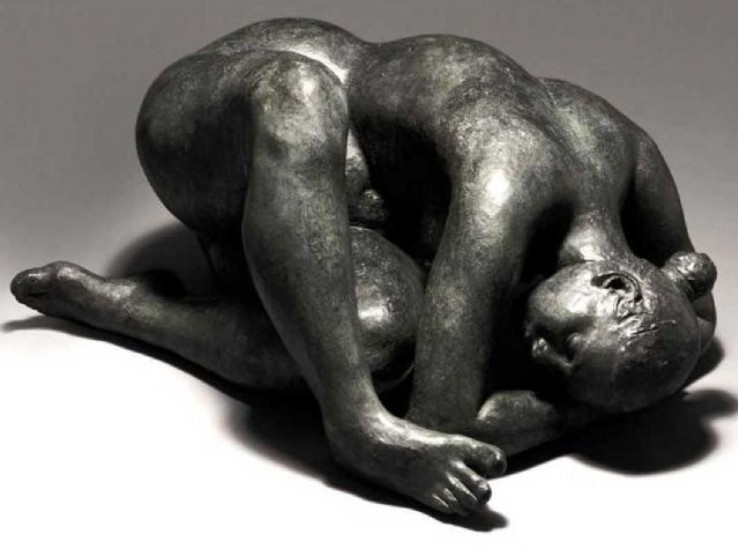Francisco Zuniga (1912-1998)
Get a Francisco Zuniga (1912-1998) Certificate of Authenticity for your painting (COA) for your Francisco Zuniga (1912-1998) drawing.
For all your Francisco Zuniga (1912-1998) artworks you need a Certificate of Authenticity (COA) in order to sell, to insure or to donate for a tax deduction.
Getting a Francisco Zuniga (1912-1998) Certificate of Authenticity (COA) is easy. Just send us photos and dimensions and tell us what you know about the origin or history of your Francisco Zuniga (1912-1998) painting or drawing.
If you want to sell your Francisco Zuniga (1912-1998) painting or drawing use our selling services. We offer Francisco Zuniga (1912-1998) selling help, selling advice, private treaty sales and full brokerage.
We have been authenticating Francisco Zuniga (1912-1998) and issuing certificates of authenticity since 2002. We are recognized Francisco Zuniga (1912-1998) experts and Francisco Zuniga (1912-1998) certified appraisers. We issue COAs and appraisals for all Francisco Zuniga (1912-1998) artworks.
Our Francisco Zuniga (1912-1998) paintings and drawings authentications are accepted and respected worldwide.
Each COA is backed by in-depth research and analysis authentication reports.
The Francisco Zuniga (1912-1998) certificates of authenticity we issue are based on solid, reliable and fully referenced art investigations, authentication research, analytical work and forensic studies.
We are available to examine your Francisco Zuniga (1912-1998) painting or drawing anywhere in the world.
You will generally receive your certificates of authenticity and authentication report within two weeks. Some complicated cases with difficult to research Francisco Zuniga (1912-1998) paintings or drawings take longer.
Our clients include Francisco Zuniga (1912-1998) collectors, investors, tax authorities, insurance adjusters, appraisers, valuers, auctioneers, Federal agencies and many law firms.
We Perform Francisco Zuniga art authentication. Francisco Zuniga appraisal from . Francisco Zuniga certificates of authenticity (COA). Francisco Zuniga analysis, research, scientific tests, full art authentications. We will help you sell your Francisco Zuniga or we will sell it for you.

Francisco Zuniga is perhaps the most internationally recognized sculptor to emerge from Latin America. Born in Costa Rica, he began his training assisting his father, a carver of religious icons, which he did for six years. Zuniga also attended the School of Fine Arts in San Jose. Unsurprisingly, considering this background, Zuniga was primarily influenced by Classical, specifically Renaissance, figurative art, but he had bolder ambitions. The Spanish Civil War thwarted Zuniga’s intention to further his studies in Europe, so he went instead to Mexico in 1936, where he continued to study stone carving. Zuniga worked in several sculpture workshops. Visits to the Museum of Archeology galvanized his vision, and for the first time, Zuniga saw the power of pre-Hispanic art.

In 1938, Zuniga joined the staff of La Esmeralda, the painting and sculpture school of the National Institute of Fine Arts. He remained there until his retirement in 1970.

Zuniga’s superb drawings are probably destined to be revalued in the future. More than his sculpture, they retain the classical line and tone of the Renaissance. They also relate closely to his sculpture, although they are more naturalistic.


In sculpture, Zuniga simplified and dramatized his figures. his work is remarkably limited in subject, being restricted to the female form, specifically of the women of Southeastern Mexico. Within that ambit, there are two types of sculpture: the usually standing woman or women often clad in rebosos. The reboso, which is the Mexican shawl, gives Zuniga’s sculptures a distinctively pyramidal form. The other sculptural type is the muscular, often monumental, woman posed in almost every conceivable posture, very often compressed and rarely standing.


Apart from the pre-Hispanic theme, the influences on Zuniga are obvious enough: Brancusi and Moore. He never abstracted or simplified as far as either. However, he was less monumental than Moore and less mask-like than Brancusi. The finish on his sculpture varied widely, from Brancusi-like sheen, particularly in onyx, to a rough bronze.


Zuniga’s women are invariably impassive and stoic, either earth mothers or well on the way to that state. Children appeared in his work quite frequently, often in a Madonna-and-child manner, reflecting his background in religious art. It is a curiously limited vision, a product of its time. The ethos in Zuniga’s formative years was resistance to the European dominance of Latin America, the psychological and racial dominance which outlasted political control. The indigenous and “mestizo” had long been suppressed. Zuniga was but one of many artists of European extraction who sought to turn the tide. Perhaps inevitably, art of this period never really transcends the limitations of politically correct Orientalism. The latter may appear to be an oxymoron, but there is no question that Reformist art of this period in colonial or recently-colonial regions was still an emanation of the imagination of the conquering class and race. The subordinate races and classes are simplified, and their real complexity lost. The attempt to dignify and make heroes of the long-suffering masses is well-intentioned but ultimately another form of appropriation.


In the 1960s and 1970s, the prolific Zuniga had a series of models (Sylvia, Victoria, Dolores) on which he based the long series of sculptures of younger nude women of the second category as described above: muscular and compressed. Almost all have their hair bobbed at the back. Zuniga has extracted a type (the models are indistinguishable) and explores every possible posture. As he once said, “…among the folk around me, I find a variety of movements, slow, elegant, rhythmic- close to an animalistic vitality…” At the same time, Picasso, Brancusi and a raft of others were doing the same thing, although they only had the physical artifacts of “the primitive”, housed in museums, to draw from.

All this is not to deny the masterly quality of Zuniga’s work. Restricting his subject enabled Zuniga to reach a level of perfection that only a specialist can aspire to. Today, Zuniga’s work is housed in collections all over the world and perhaps in your own home. Still wondering about a female nude statue in your family estate? Contact us…we are the Francisco Zuniga experts.
Reviews
1,217 global ratings
5 Star
4 Star
3 Star
2 Star
1 Star
Your evaluation is very important to us. Thank you.
